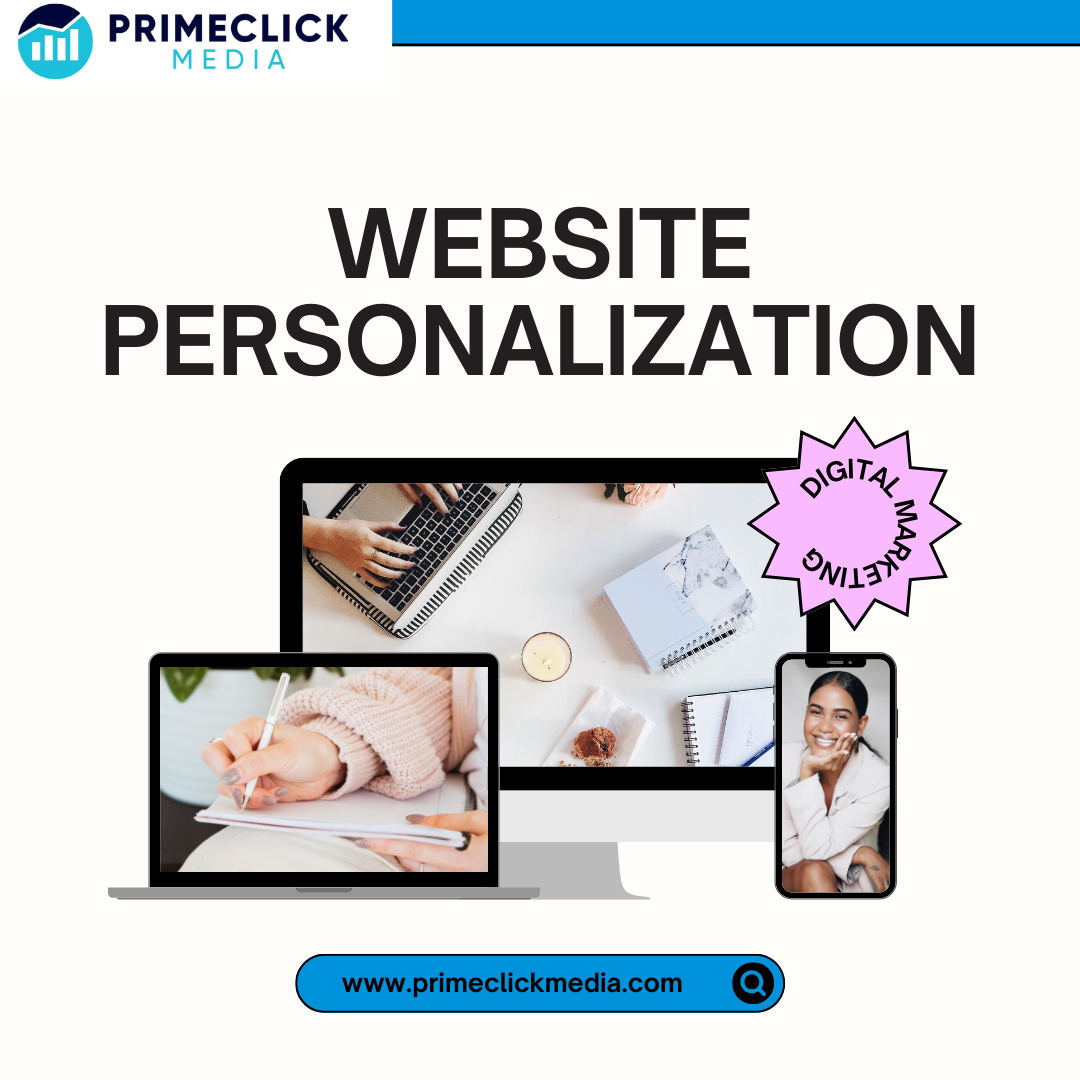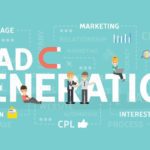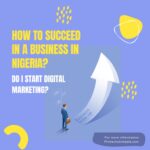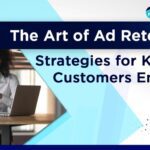As an increasing number of retail transactions transition from physical stores to online e-commerce platforms, there is a concern that the personal aspects of the customer experience may diminish. Contemporary consumers continue to desire a customized shopping experience, even in their online interactions with a brand. They seek tailored product recommendations, services, and exclusive offers that cater specifically to their individual preferences and needs.
E-commerce companies, as well as virtually any organization engaging with customers in the digital marketplace, can enhance their customers’ experiences by offering them customized websites. This process, wherein the online browsing experience is adapted to match the individual interests of customers, is referred to as website personalization.
Website personalization significantly influences how users perceive your business. It can prolong their time spent on your site, enhance the precision of recommendations, and ultimately, lead to higher conversion rates. You might be in the process of exploring methods to offer a distinctive experience to your site visitors, or you may still be uncertain about whether website personalization is suitable for your brand. Regardless of your stance, if you seek a better understanding of website personalization, you are in the right place.
Before we delve into discussing the advantages and approaches, let’s begin by providing a clear definition of the term.
What is Website Personalization?
Website personalization involves the practice of delivering a distinct and personalized experience to each visitor on your site, as opposed to offering a generic, one-size-fits-all interaction with your brand.
By utilizing website personalization, you can foster positive sentiments towards your brand, which in turn enhances the likelihood of turning visitors into customers and boosting sales. You can fine-tune various elements on your site to match the preferences of individual visitors. This includes written content, images, banners, recommendations, and pop-ups.
The effectiveness of web personalization is most pronounced when you tailor each of these elements and provide specially curated content to your site’s visitors. In doing so, it results in an improved user experience and increased conversion rates.
To craft a personalized website, you should gather audience data, which allows you to divide your audience into smaller groups. This way, you can aim specific content at each type of potential customer, guiding them further into the sales process.
In recent years, website personalization has grown more complex due to efforts to phase out the use of third-party data, commonly referred to as cookies. However, there are strategies to overcome this challenge, which we will discuss later.
For now, let’s redirect our attention to the advantages you can unlock through website personalization.
The Benefits of Website Personalization
Offering visitors personalized websites provides numerous advantages to your business. These represent just a few of the benefits of website personalization.
More accurate product recommendations
Product recommendations are among the various elements you can personalize using website personalization methods. It’s a well-established tactic to suggest additional products to customers who are making a purchase.
Remember, it’s essential to offer shoppers products or services that align with their interests and needs. Failing to do so may unintentionally complicate the buying process and render your efforts ineffective.
As an example, consider your organization, which offers home goods, drinkware, and related items. Imagine one of your potential customers is ready to make a purchase and has placed two coffee mugs in their cart. Suggesting unrelated bedroom decor is unlikely to inspire them to add more items to their order.
Conversely, if you draw their attention to other coffee-related products like sugar storage containers, stirrers, or travel mugs, they may consider adding these additional items to their cart. At the very least, these recommendations will expand their knowledge about complementary products and might lead to more future purchases.
Customized landing pages
Achieving the feat of getting a potential customer to interact with your Google Ad, open a marketing email, or choose your brand from a list of organic search results is a significant accomplishment. Once you’ve directed them to your landing page, you have an excellent chance to nurture this lead or potentially convert them into a customer.
At this stage, your new prospect must encounter pertinent content as soon as the landing page loads. This leads us to another notable advantage of website personalization. By utilizing consumer data, you can adapt landing pages to showcase the products or services that will captivate a specific visitor’s interest.
Consider this scenario: Your business offers a complete range of HVAC services, which includes both furnace and AC maintenance. Suppose a user seeks information about AC maintenance as they prepare for the summer season. If they are directed to a landing page that emphasizes furnace maintenance instead, they might lose interest, exit your website, and explore other search results. On the contrary, providing them with a landing page that showcases the advantages of your AC maintenance services will nurture that lead and possibly lead to a successful sale.
Increased site visit time
Much like most organizations, your company likely dedicates a considerable amount of time and resources to its digital content. While this content undoubtedly plays a crucial role in your digital marketing strategy, it’s essential to retain visitors on your site long enough for them to fully engage with and absorb it. Otherwise, your efforts in creating digital content may go to waste.
Website personalization offers a highly effective method for ensuring that users genuinely interact with your content. When site visitors encounter relevant and timely pop-ups, banner ads, and buttons, they are more likely to stay engaged. The longer you can keep them on your site, the greater the likelihood of making a sale.
If you aim to further enhance site visit durations, it’s important to ensure that your website provides an optimized user experience (UX). Combining website personalization with a seamless UX yields results that are difficult to overlook.
Targeted CTAs increase conversion
Calls to action (CTAs) are among the most crucial components of on-site content. An effective CTA clearly instructs the reader on the steps you want them to take and provides clear guidance on how to do so. It’s essential to offer a CTA that aligns with the content on the site and the user’s level of interest.
If you present a new lead with a strong CTA urging them to make a purchase, it may not be well-received. Conversely, if you provide someone with a CTA and a link encouraging them to read more blog content when they’re already near the end of the decision-making process, you might miss an opportunity to make another sale.
Fortunately, CTAs are one of the many elements you can customize through website personalization. You can offer customers tailored CTAs that enhance the chances of conversion and gently guide visitors who may be in the early stages of the buying process. Additionally, you can employ A/B testing to assess which CTAs work best with different visitors.
Higher engagement with customers
Keeping customers and prospects engaged can be a challenging aspect of digital marketing. With just a click, consumers who lose interest in your site can quickly leave and go back to the search engine results page (SERP) to choose a competitor. While the digital space provides an easy way to connect with customers, it also presents challenges in maintaining those connections.
Offering customers personalized websites is one of the most effective ways to achieve higher levels of engagement. Importantly, web personalization can help sustain these increased levels of engagement for an extended period, allowing you to nurture leads and encourage conversions.
Website personalization enhances engagement in two important ways. Firstly, it allows you to nurture leads more effectively by tailoring the marketing experience based on their browsing data. Secondly, the consumer data utilized in personalization efforts can empower your marketing team to develop more precise customer personas. This, in turn, will significantly improve the effectiveness of your future marketing content.
How to Personalize Your Website
To effectively personalize your website to match customer interests, you need the appropriate tools. However, innovative technologies, though essential, are only one aspect of the equation. In addition to investing in the right technologies, you must also take measures to address several crucial factors.
Segmentation
Audience segmentation involves dividing your customer base into distinct groups, and it plays a vital role in the success of your website personalization efforts.
The number of audience segments you establish depends largely on the diversity of your products or services. When creating these segments, you can use various factors to differentiate between potential customers. Some attributes you can consider include age, gender, income, profession, education level, and marital status.
Once you’ve divided your audience into segments, the subsequent task is to construct buyer personas. Each persona should emphasize the primary concerns, problems, and interests of the specific audience group it represents. This approach will empower you to develop more potent marketing materials and, as a result, enhance your ability to target potential customers effectively.
Location
Location data plays a significant role in determining the language you use and the offers you provide to website visitors. For instance, you can utilize location data to target customers with content that mentions their home state or city.
Moreover, you can use location data to tailor advertisements to suit the circumstances in a particular area or region. For instance, you could display swimwear ads to an individual in Florida, where the climate is suitable for such products.
Technology and device type
When we talk about web personalization, it’s natural to primarily think about customizing ads and website content to match an individual’s interests or browsing history. While this kind of customization is indeed a central aspect of website personalization, it’s not the only one.
Apart from adapting content to a user’s interests, it’s equally crucial to personalize the website for mobile devices. Content should be formatted differently for mobile devices compared to desktop or laptop computers. Neglecting the significance of mobile optimization can significantly affect the reach and effectiveness of your web personalization efforts.
Behavior and time spent
When delivering personalized ads and content, it’s crucial to consider a user’s time spent on your site and their behaviors. A customer who spends a substantial 10 minutes engrossed in an in-depth article would be a suitable candidate to prompt with a CTA like “Try a demo.” Conversely, a customer who rapidly explores the various features of a product might respond better to a CTA such as “Watch an overview video.”
It’s important to remember that the longer a customer stays on your site, the more likely they are to take positive actions like making a purchase or booking a demo. On the other hand, users who have just arrived on your site may still be in the early stages of their buyer journey. Targeting them with an overly aggressive CTA could risk driving them away instead of guiding them further into the decision-making process.
Conclusion
Website personalization stands as a cornerstone in the future landscape of digital marketing. It offers the means to engage customers on a deeper, more individualized level, forging connections that resonate and endure. By tailoring content, offers, and experiences to match the unique preferences and needs of each visitor, businesses can not only boost customer engagement but also enhance conversion rates and overall success.
As technology continues to evolve, embracing website personalization will undoubtedly be a key strategy for staying competitive and delivering exceptional digital experiences in the ever-evolving world of marketing.





